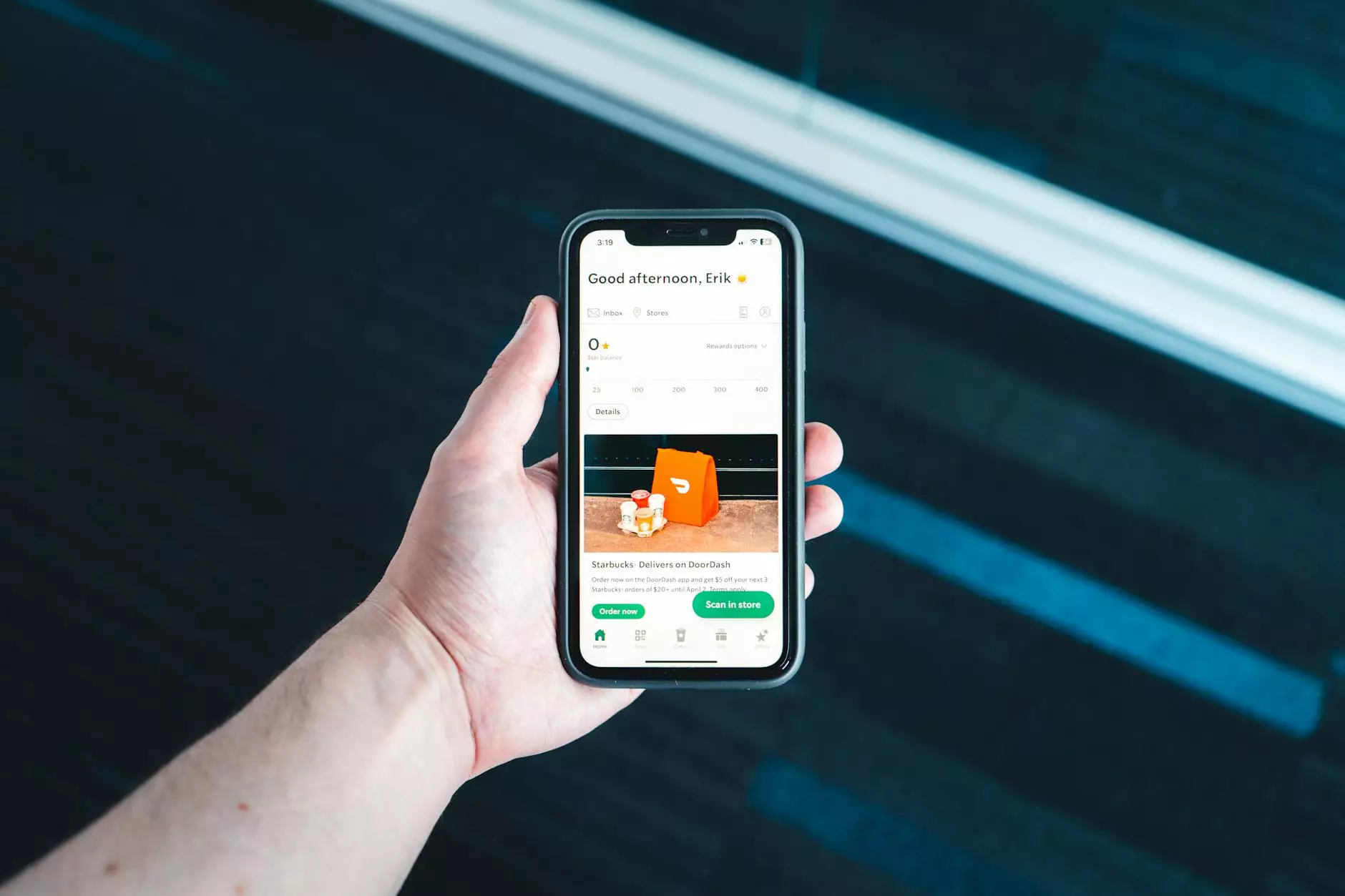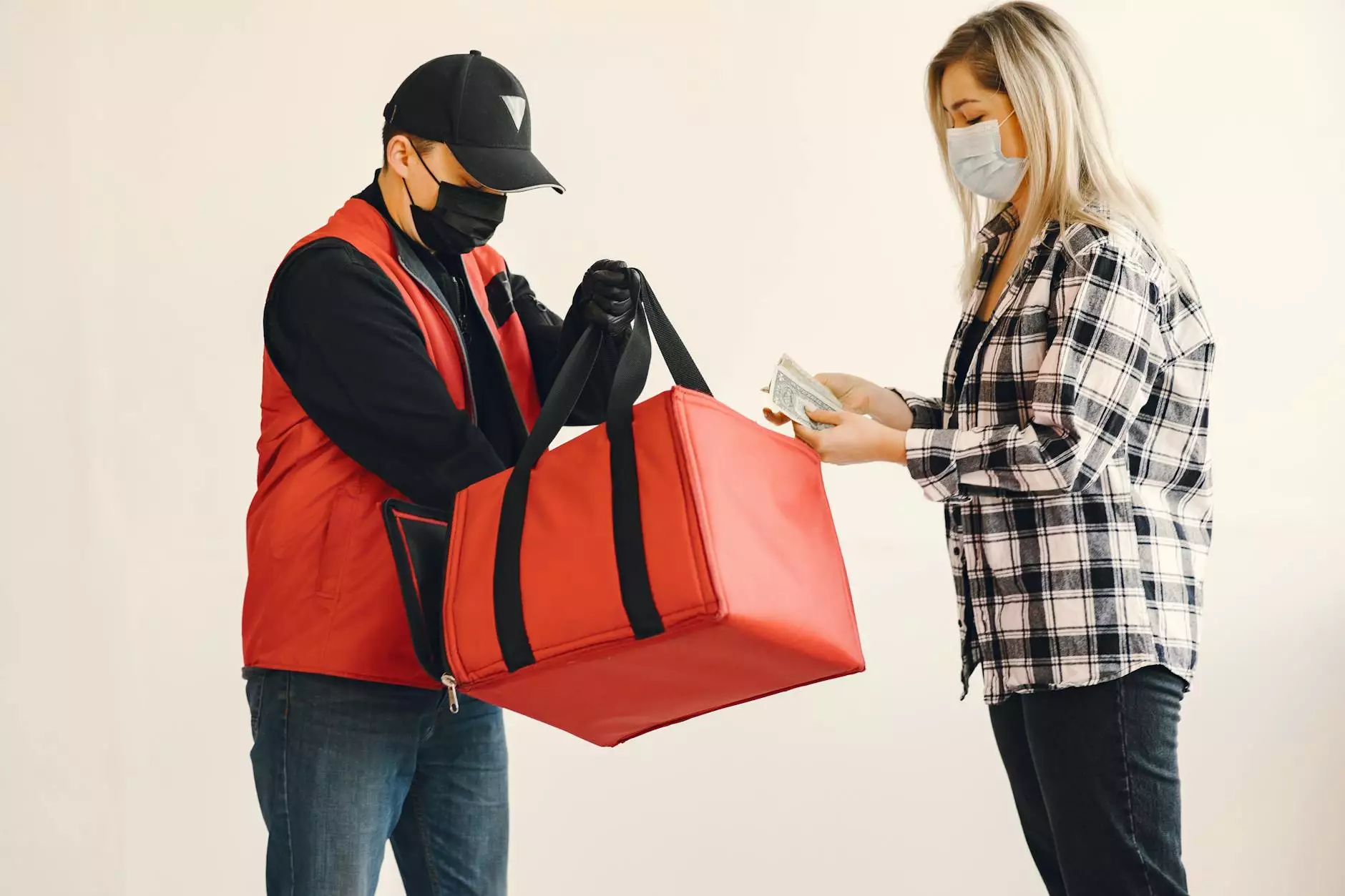How to Optimize Food Delivery Mobile App Performance
Blog
Introduction
Welcome to Seo by Chrys, your trusted resource for practical tips and expert advice on website development. In this article, we will dive into the world of food delivery mobile apps and explore effective strategies to optimize their performance. Whether you're a food delivery startup or an established business, improving your app's performance is crucial to ensure customer satisfaction and stay ahead of the competition. Let's get started!
The Importance of Performance Optimization
When it comes to food delivery apps, performance is everything. Users expect fast, seamless experiences that allow them to order their favorite meals effortlessly. Slow-loading pages, unresponsive interfaces, and frequent crashes can be a major turn-off, leading to customer frustration, negative reviews, and ultimately, loss of business.
Optimizing your app's performance not only enhances user satisfaction but also positively impacts your search engine rankings. Search engines like Google prioritize fast-loading and user-friendly websites in their search results. By improving your app's performance, you increase the chances of attracting more users and outranking your competitors.
1. Embrace Efficient Coding Practices
One of the key factors influencing app performance is the quality of your code. Writing clean, efficient code can significantly improve loading times and overall app responsiveness. Here are some best practices to follow:
1.1 Minimize HTTP Requests
Reducing the number of HTTP requests made by your app can help accelerate loading times. Optimize your code by combining multiple files into one and utilize tools like minification and compression to reduce file sizes.
1.2 Implement Caching Mechanisms
Integrating caching mechanisms such as browser caching and server-side caching can dramatically improve app performance. Caching stores previously accessed data, making subsequent requests faster and reducing server load.
2. Optimize Images and Multimedia
Visual content plays a vital role in food delivery apps, but large and unoptimized media files can significantly slow down your app's performance. Follow these tips to ensure optimal image and multimedia delivery:
2.1 Compress and Resize Images
Prioritize image compression techniques to reduce file sizes without sacrificing visual quality. Additionally, resize images according to the required dimensions within your app to eliminate unnecessary loading overhead.
2.2 Lazy Loading
Implement lazy loading techniques for images and multimedia elements that are not initially visible to users. This approach enables faster initial load times, as resources are only loaded when needed, improving the overall app performance.
3. Streamline User Interface
A cluttered and confusing user interface can frustrate and discourage users from engaging with your app. To optimize your food delivery mobile app's performance, focus on streamlining the user interface through the following steps:
3.1 Simplify Navigation
Create a clear and intuitive navigation structure that allows users to find what they're looking for without confusion. Utilize hierarchical menus, search functionalities, and prominent calls-to-action to enhance usability.
3.2 Opt for Minimalistic Design
Keep your app's design clean and minimalistic. Avoid excessive use of complex graphics, animations, and visual effects that can hinder app performance. Opt for simple but elegant designs that prioritize functionality and speed.
4. Perform Regular Testing and Optimization
Testing and optimization should be an ongoing process to ensure long-term success for your food delivery mobile app. Here are some strategies to help you constantly improve performance:
4.1 Monitor Load Times
Regularly monitor your app's load times using performance testing tools. Identify any bottlenecks or slowdowns and take the necessary steps to address them promptly.
4.2 Conduct Usability Testing
Engage with beta testers or actual users to gain valuable insights into usability issues. Gather feedback on user experience, navigation, and overall app performance to make data-driven improvements.
Conclusion
Optimizing the performance of your food delivery mobile app is essential for user satisfaction, higher search engine rankings, and business growth. By implementing efficient coding practices, optimizing images and multimedia, streamlining the user interface, and continually testing and optimizing, you can provide your users with a seamless and enjoyable app experience. Remember, consistently improving your app's performance is an ongoing journey that requires attention and dedication. Stay ahead of the competition and deliver the best user experience possible. Seo by Chrys is here to support you on your path to success with our expertise in website development.




